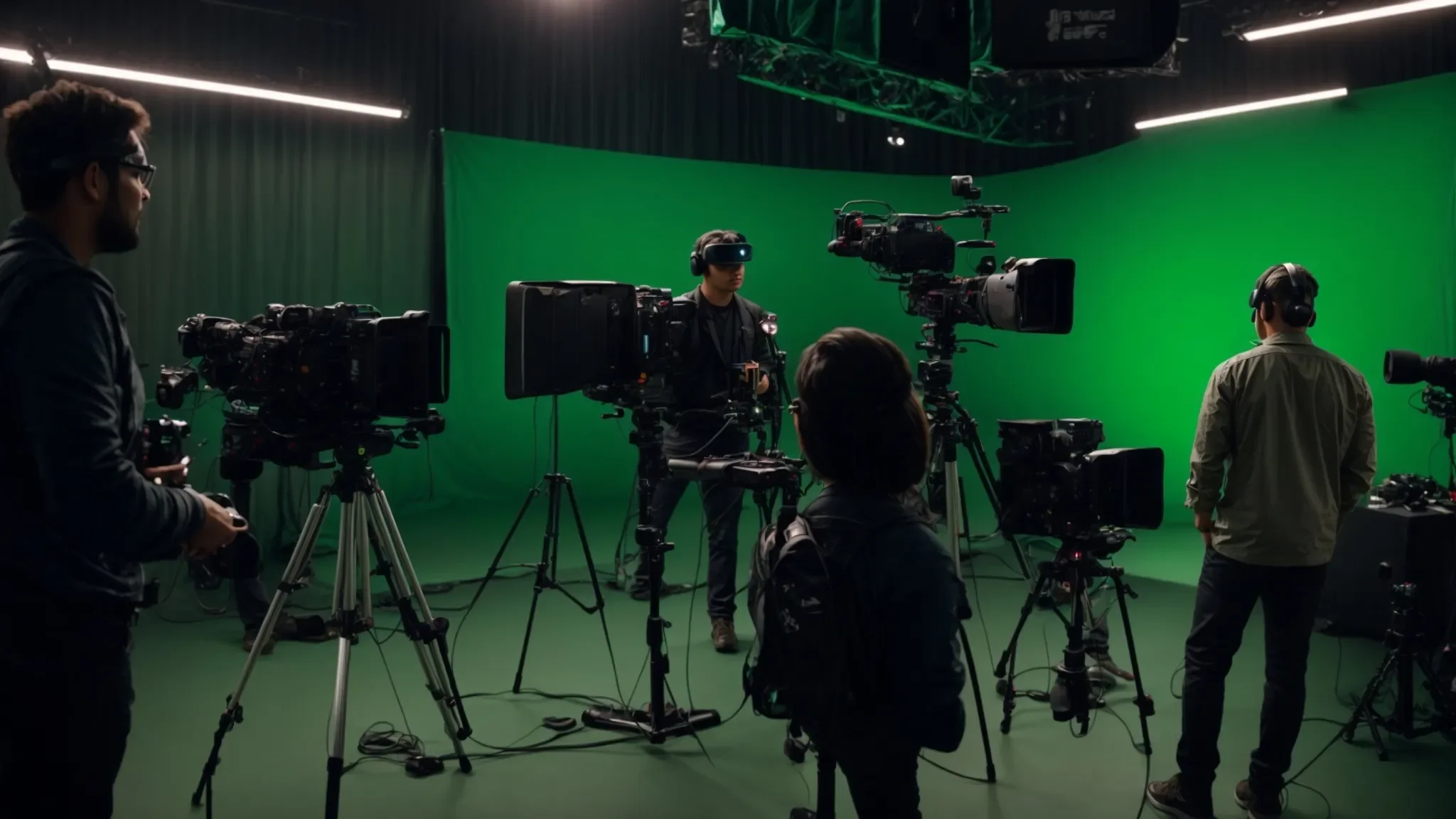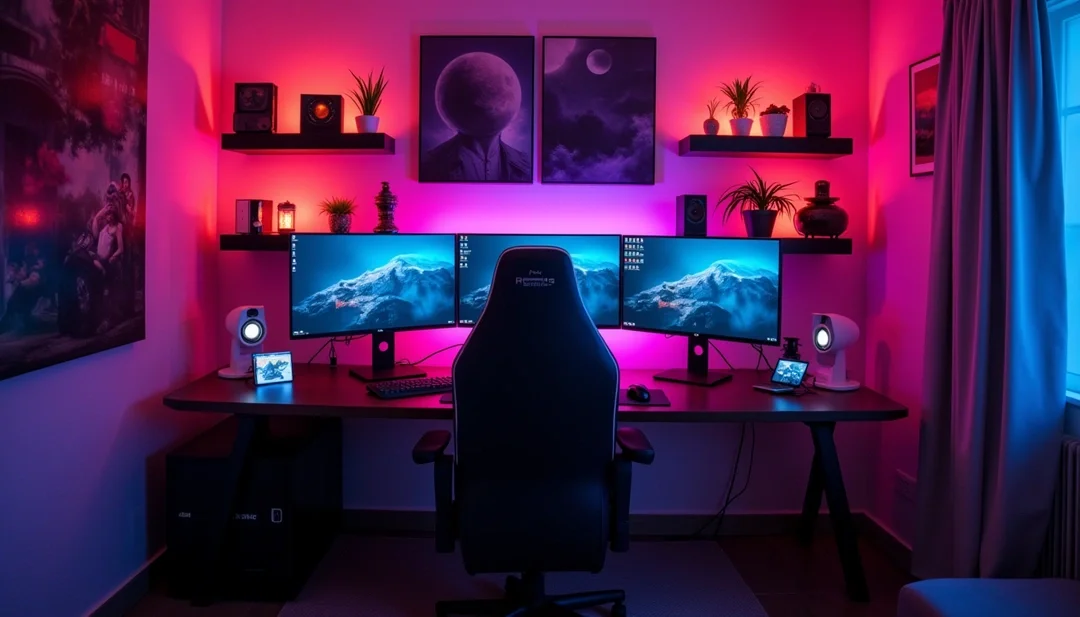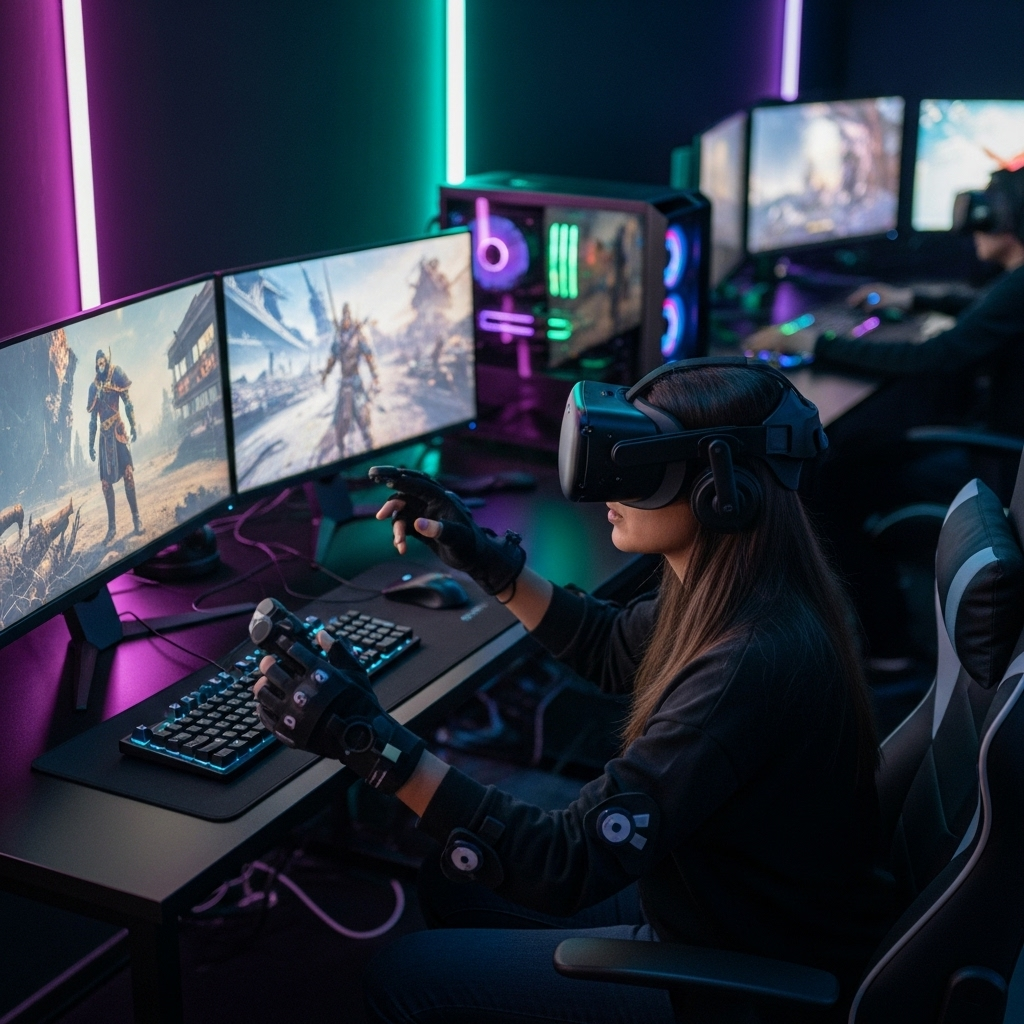This spring, we saw major movements in the legal landscape of digital advertising. Between Google being ruled as an advertising monopolist and Mark Zuckerberg’s war on creative materials, digital advertising is gearing up for change. Read on for more information, including pirating issues, new ambitions for VR movies, and increased access to AI image generation.
9 Ways Blockchain is Changing the Film Industry
Google AdWords: What is it and How Does it Work?
Roadside Digital Galleries: Coming to a City Near You
 Every some-odd miles along the highway you zoom past a billboard for Dunkin Donuts seasonal coffees; the local hospital’s most recent, national ranking; a sexy, sleek couple drinking Jose Cuervo and a dramatic advertisement for what can only be described as a less-than-credible attorney. Firms and organizations seek to capitalize on the exposure a billboard provides their brand or service in its commanding position above and along the highway. Hoping to attract potential consumers or clients, the billboard is one of the most prominent and far-reaching means of advertising to a certain geographic location. From the morning commute to the bus ride home, and every moment between, we are inundated with advertisements in one form or another.
Though the constant stream of advertisements is admittedly annoying, advertising powers our economy, encourages consumerism and inspires us to try new products and attend performances. But commute after commute, the billboards and their advertisements littered along the highway become nothing more than white noise.
Every some-odd miles along the highway you zoom past a billboard for Dunkin Donuts seasonal coffees; the local hospital’s most recent, national ranking; a sexy, sleek couple drinking Jose Cuervo and a dramatic advertisement for what can only be described as a less-than-credible attorney. Firms and organizations seek to capitalize on the exposure a billboard provides their brand or service in its commanding position above and along the highway. Hoping to attract potential consumers or clients, the billboard is one of the most prominent and far-reaching means of advertising to a certain geographic location. From the morning commute to the bus ride home, and every moment between, we are inundated with advertisements in one form or another.
Though the constant stream of advertisements is admittedly annoying, advertising powers our economy, encourages consumerism and inspires us to try new products and attend performances. But commute after commute, the billboards and their advertisements littered along the highway become nothing more than white noise.
The Billboard Art Project, a Virginia based not-for-profit, is temporarily reclaiming a handful of digital LED billboards in select cities across the country. Repurposing the advertising billboard as an artistic medium and a public art venue, the Billboard Art Project is marketing a different, non-commercial message
Those in-your-face and colorful canvases that you see as you sit stuck in traffic are turned over to local and international artists for a little break from everyday advertising, presenting larger-than-life art in glowing colors…You won't know what is coming next as different artists explore this medium, with the electronic canvas morphing every 6-10 seconds.
While out driving, Billboard Art Project creator David Morrison, was moved by the soothing images displayed during a screen test for one of Lamar Advertising’s (a Louisiana based advertising firm) digital LED billboards. The scrolling images were void of logos, brands, and slogans- images for images’ sake, if you will. In a domain that is typically reserved for corporations, commercial advertising and profit-driven marketing, Morrison found the images refreshing, even humanizing. Deviating from social expectations for exhibiting art and of the function of a billboard, the Billboard Art Project repurposes digital billboards to breathe new life into the daily commute- the epitome of the mundane and the expected, of the everyday and the routine.
The Billboard Art Project launched in October 2010 after Morrison successfully negotiated with Lamar Advertising for use of one of the company’s digital LED screens for 24 hours. Thanks to the digital technology of the billboard, the project promises 24 hours of a continuous stream of vibrant images, without interruption or advertisements. In an open call to doctors; cab drivers; students; clerks; professors; military personnel; hospital workers; the unemployed; designers; mail carriers; New Englanders; Pittsburghers; Texans- anyone- the Billboard Art Project invites submissions to be considered for each show. It is an all-inclusive project in which everyone is invited to participate by either submitting a work or simply driving past it. The medium becomes the message as the digital billboard disseminates art and individuality.
The project is currently showing in New Orleans, with previous exhibits in Chicago, IL; Reading, PA; Duluth, MN; Savannah, GA, Nashville, TN and Richmond, VA. Up next, the Billboard Art Project heads to Baton Rouge, LA then San Bernardino, CA. Each submission is as unique to the individual creator as the final compilation is to the city and billboard. No two shows are alike.
Bringing art to the streets in a free, public and conveniently located show, the Billboard Art Project is challenging the traditional domain for both advertising and displaying art. But is this new manifestation, the roadside digital gallery, a viable venue for art? Let us know what you think. In the meantime, keep one eye on the road and one on the lookout for a roadside electronic gallery, coming to a city near you.
7 Steps to a Successful Facebook Ad Campaign
Finding new sources of traffic for a website or social media profile can be a challenging task for both novice and experienced web marketers. Facebook Ads are powerful, yet often-overlooked, tools for internet marketing campaigns. Here is a quick overview of Facebook Ads' benefits:
- Increased Exposure: Facebook continues to be the #2 ranked website in the world for web traffic according to Alexa.com. Of the top 5 highest-traffic websites in the world, users spend more time on Facebook than any of the others.
- Increased ROI: Facebook Ads are 25-50% of the cost of running a Google Adwords campaign. A Google Pay-Per-Click campaign can sometimes cost $1 per click. A typical conversion rate (from clicking to taking action) would be 2%. Spending $3,000 for 3,000 clicks therefore, may only result in 60 people taking action (opting in for your email list, purchasing tickets to a show, making a donation, etc). A similar campaign on Facebook Ads would cost around $10 for 1,000 clicks. You can also choose to run a CPM campaign which calculates a cost based on how many 'impressions' you want to make on users. Impressions are geared more for marketers who want to raise awareness about their brand. The Search Engine Journal provides more insight into this topic. Here's a great visual from their article.
Note: Geo= Geographical Segmentation and Keywords= the word or phrase a user types directly into a search engine. Facebook Ads can only target what someone has already indicated they are interested in (theatre, live music, art galleries, etc).
- Targeted Demographics:Facebook Ads provides a precise way to segment your market. From musical interests to relationship status, there are an endless amount of ways to run a market segmentation. Here is a detailed listing of your targeting options.
- Less Competition: Facebook also has an advantage when it comes to your levels of competition. Facebook has an estimated 1/20th of the advertisers that Google has. Here are some other fascinating statistics from the internet marketing blog HubSpot.
If you're considering running a Facebook Ad campaign or are struggling with your current campaign, here are seven steps to help you make the most of your efforts:
1. Run More Than One Ad: As Robert Gore discussed in our latest podcast, it's a great idea to run 5 or more ads for each market segment you choose. Test each ad's performance to see which one has the highest success rate.
2.Choose a Compelling Image: Keep in mind that, unlike Google, the Facebook audience generally isn't logging on to shop for products or services. You must engage a user from the start. This process begins with your headline and image. Here's a great image from an ad run by the Pittsburgh Public Theater. The image conveys high energy and enthusiasm and raises curiosity about the show.
3. Direct Traffic to a Relevant Landing Page: Make sure that the landing page users are directed to after clicking through on your ad is relevant to what was being advertised. Consistency is key. It's up to you to select the most appropriate landing page. It could direct traffic to an outside website or to your Facebook Fan Page. Landing Tabs on your Facebook page can be particularly effective. For more information on creating a Landing Tab, you can refer to Facebook's Help Section or listen to our webinar recording on making the most out of your Facebook page.
4. Optimize Headlines: Marketing Experiments blog author, Hunter Boyle, suggests that the objective of your headline is "not to sell but to connect with your reader." Here's a great article that expands on this principle. One of the best ways to engage your reader is to pose a question in the headline.
5. Consider Your Targets Carefully: In the first tip, we recommended running more than one ad. It's a great idea to test your ads on different market segments too.
6. Make a Compelling Offer: If you are more concerned about click-through rates as opposed to impression levels, then you should consider making a compelling offer in the body of your ad. Just be sure that the landing page follows up on this offer.
7.Track Your Results: Some internet marketing experts, like Ryan Deiss, suggest you should delete any ad with a click-through rate below 2% after a week of running it. This may not apply if you're more concerned with making an impression. Always be mindful of your campaign's goals and re-calibrate your strategy accordingly. Small business expert and author, John Jantsch, suggests using Google Analytics and Google's URL builder tool to monitor the effectiveness of any ads that direct people to a link outside of Facebook.
Update:
For a step-by-step video on making a Facebook Ad, check out our mini-nar: Making Facebook Ads and Diving into Analytics.
Google Ad Planner
Google has opened access to their Ad Planner to anyone with a Google account. This is news of note for any arts marketing manager or coordinator and might be worth a few minutes of exploration. Ad Planner is a tool that helps you identify Web sites that your target audience is visiting by aggregating tons of search and site visit data. You can narrow your focus by demographic (gender, age, household income, education), by geographic region (country, state, metro regions), or by sites or keywords searched. You can select target Web sites and create a "Media Plan" and explore that plan through aggregate demographic data and interactive charts.
How Google collects this data in the first place is a mystery to me and still subject to discussion, and the limitations of the data can be felt when trying to use Ad Planner to get really specific about your target audience. While playing around in Ad Planner, I found that attempting to drill down too much resulted in, well, no results.
Trying to filter by keywords searched can be particularly problematic. For example, when I search for sites visited by people who search for the keyword "art," and no other demographic or geographic filters applied, I get a large number of results. Searching for people searching for "art" and who are in my hometown of Pittsburgh, or even my home state of Pennsylvania, returns no results. Does this mean that no one in PA is searching for "art?" No. It means that Google Ad Planner, like almost all of Google's products, is still a BETA release that has a long road of improvement ahead of it.
Does this mean that Ad Planner is useless? Not completely. I was still able to get pretty good results searching for demographic and geographic information at the same time (it's just those darn keywords that seem to throw things off). Would I create an entire Web advertising campaign based on the Ad Planner's advice? No. But would I take a look at it to gain some additional perspective and potential targets? Absolutely.








